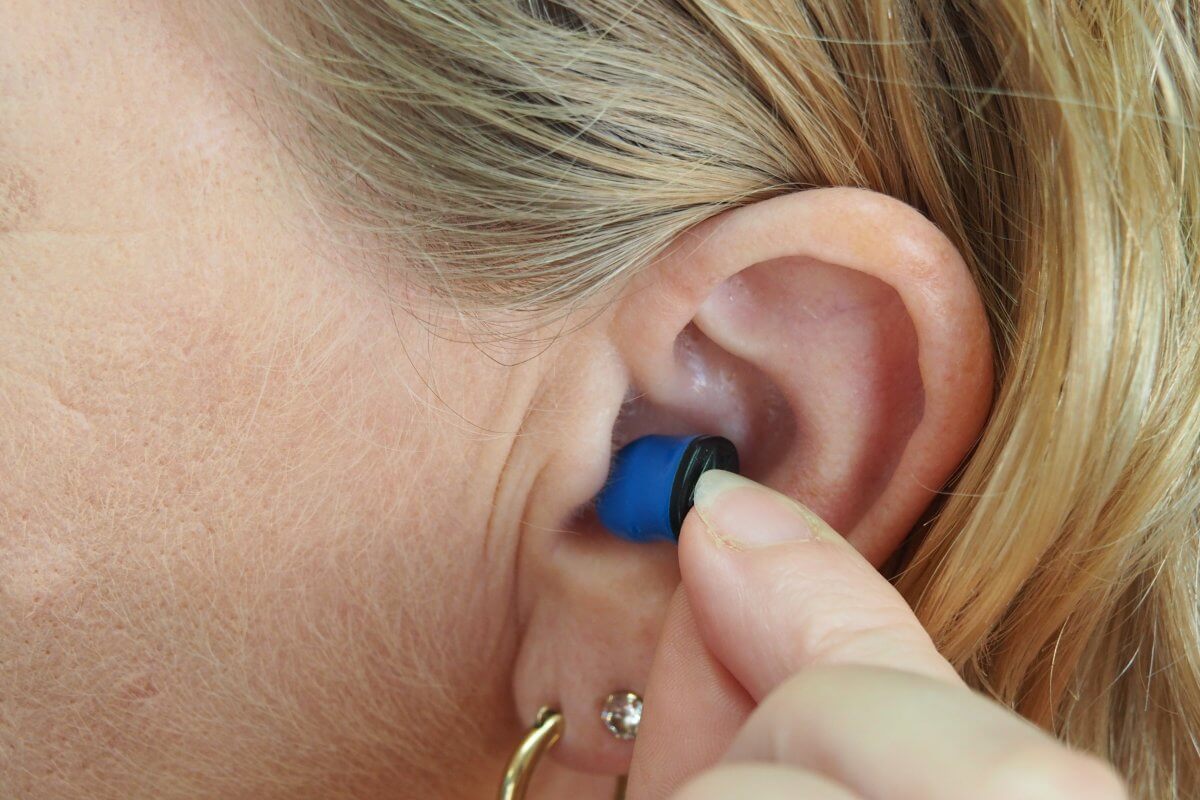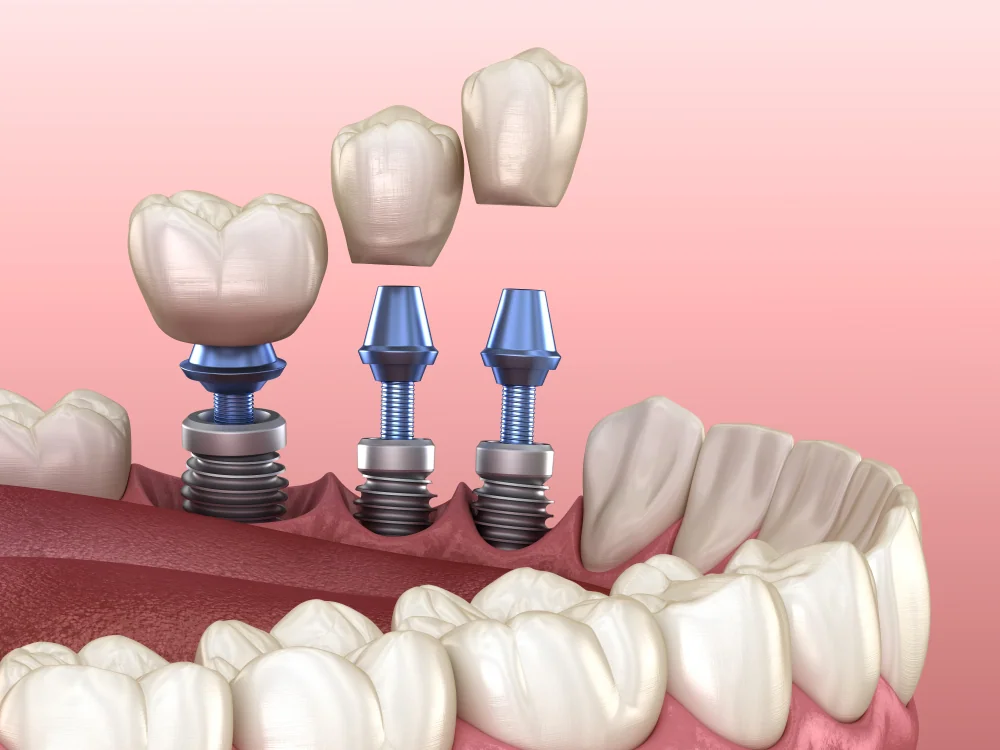Comprehensive Handbook on Accessories for Hearing Aids
- Posted on Nov. 7, 2023
- Health
- Views 63
The National Institute on Deafness and Other Communication Disorders claims that about 37 million adults in the U.S. experience hearing loss at some level. It is widely known that hearing aids are essential for such patients, serving as vital tools to improve auditory function and quality of life.
Read More

In addition to amplification, these devices come equipped with additional features such as noise reduction technology and directional listening capabilities, aiming to provide optimal sound performance. To further enhance these functions and offer more customization, complementary accessories or elements play a significant role.
Diving into Hearing Aid Accessories: What Are They?
Hearing aids accessories serve to supplement and enhance the functionalities of the listening devices, augmenting the auditory experience and boosting the convenience of these devices. They complement the basic functionalities of auditory units, expanding the capabilities to optimize and customize their devices according to individual requirements.
Which Appliances Are Available in 2023?
Today's industry offers features for different purposes to improve your experience while using the units.
Device Following Apps and Programs
Smartphone applications provide remote control over your auditory system settings, allowing users to fine-tune volume, programs, and other preferences from their phones. It simplifies the user experience, making it possible to control your device through your own smartphone.
Remote Microphones
These wireless microphones transmit sound directly into hearing aids, significantly improving the signal-to-noise ratio, especially in noisy environments. The ability to pick up and focus on specific sounds rather than background noise can greatly aid in group conversations and social gatherings. Thomas Powers, an audiologist from Ohio, thinks that a "better signal-to-noise ratio can help with perception conversation – instead of background noise – in group conversations.”
TV Streamers
These devices connect hearing aids directly to televisions, enabling users to listen to TV audio through their devices. In group settings or shared environments, TV streamers allow individual volume control, ensuring comfort for everyone while watching TV.
Speech-to-Text Apps
Particularly useful for those with severe impairment, these apps transcribe spoken words into text, aiding in real-time understanding and note-taking. Assists users in comprehending conversations or lectures by converting speech to readable text in real-time.
Hearing Aid Dryers
Devices designed to dry and clean hearing aids, especially after exposure to moisture. Enhances the longevity and performance of hearing devices by preventing damage from moisture or sweat.
Aid Cleaning Instruments
Those kits are designed to maintain hygiene by removing bacteria, earwax, and other contaminants. This way, you can easily maintain the condition of your device with special instruments and chemicals.
Do You Need Them: Who Benefits from the Accessories?
Individuals with significant hearing loss benefit greatly from these accessories. They help in effectively managing specific challenges posed by auditory diseases, particularly in varied auditory settings.
However, the value of hearing aids accessories varies based on different environments and listening situations. Realizing how to use these accessories effectively requires some practice and experimentation for the best results.
Pricing of Accessories
The cost of auditory systems accessories typically ranges between $150 and $500, depending on the type and functionalities. It's recommended to inquire about included accessories upon purchasing hearing aids to assess the overall value.


